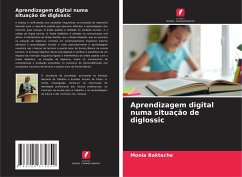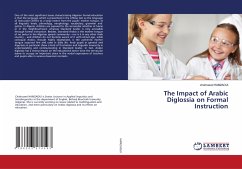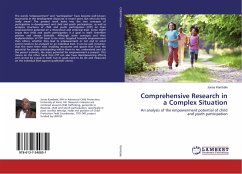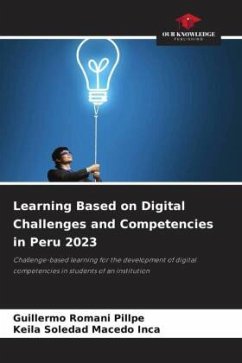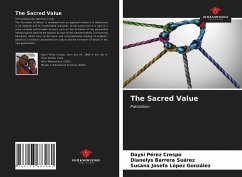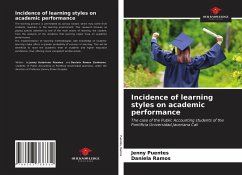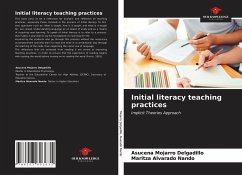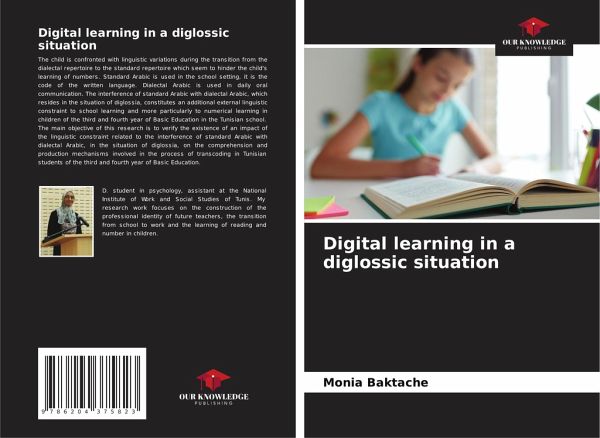
Digital learning in a diglossic situation
Versandkostenfrei!
Versandfertig in 6-10 Tagen
27,99 €
inkl. MwSt.

PAYBACK Punkte
14 °P sammeln!
The child is confronted with linguistic variations during the transition from the dialectal repertoire to the standard repertoire which seem to hinder the child's learning of numbers. Standard Arabic is used in the school setting, it is the code of the written language. Dialectal Arabic is used in daily oral communication. The interference of standard Arabic with dialectal Arabic, which resides in the situation of diglossia, constitutes an additional external linguistic constraint to school learning and more particularly to numerical learning in children of the third and fourth year of Basic E...
The child is confronted with linguistic variations during the transition from the dialectal repertoire to the standard repertoire which seem to hinder the child's learning of numbers. Standard Arabic is used in the school setting, it is the code of the written language. Dialectal Arabic is used in daily oral communication. The interference of standard Arabic with dialectal Arabic, which resides in the situation of diglossia, constitutes an additional external linguistic constraint to school learning and more particularly to numerical learning in children of the third and fourth year of Basic Education in the Tunisian school. The main objective of this research is to verify the existence of an impact of the linguistic constraint related to the interference of standard Arabic with dialectal Arabic, in the situation of diglossia, on the comprehension and production mechanisms involved in the process of transcoding in Tunisian students of the third and fourth year of Basic Education.



